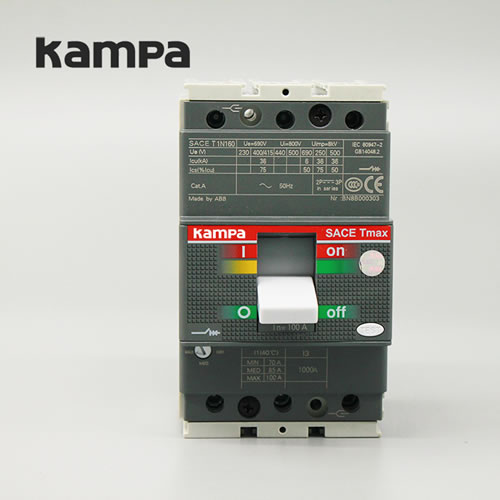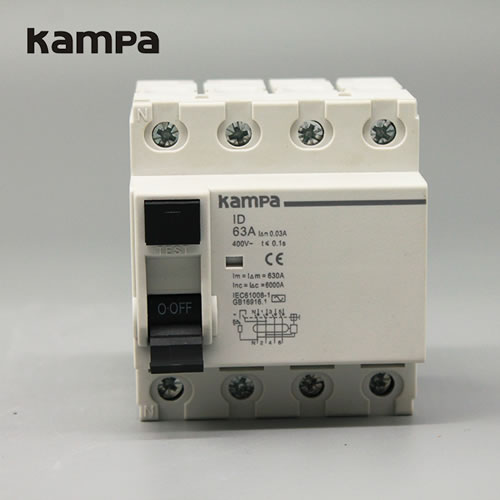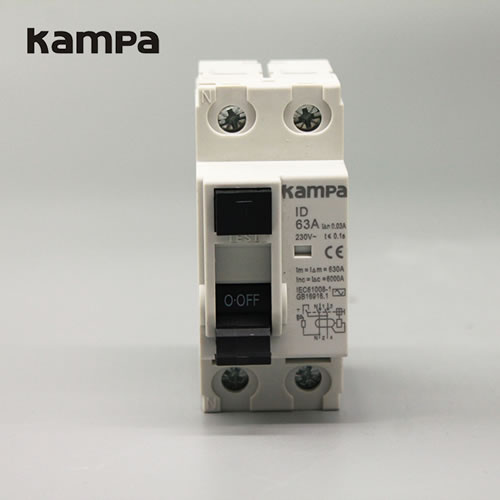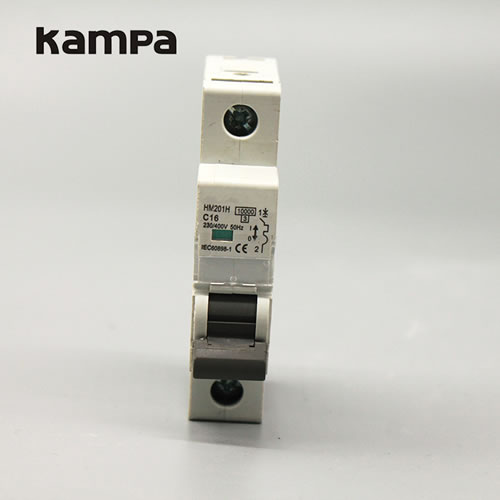Circuit breaker manufacturers tell you why circuit breakers trip when lightning strikes
Datetime: 11/21/2022 9:15:00 AM Visit: 419
Why do circuit breakers trip when lightning strikes?
Circuit breaker manufacturers tell you that during a lightning strike, currents are induced in your home's wiring. According to the intensity of the thunder and the distance from home, the intensity of the induced current is also different. When the induced current intensity reaches the starting standard of your home leakage protection switch, it will trip. Maybe your circuit breaker is too sensitive, so it trips frequently.
It takes a long time to push it up, probably because the heat generated by the excessive current cannot be dissipated when the circuit breaker is overheated, and it cannot be pushed up. The circuit breaker manufacturer kindly reminds us that it can only work again after a long time of cooling down.
Can circuit breakers be divided into frame type and plastic case type?
Circuit breakers can be divided into frame type and plastic case type.
The mainstream of circuit breakers with a current of more than 800A is the frame circuit breaker. The mainstream of 100-630A circuit breakers is molded case circuit breakers. 1~63A circuit breakers are mainly miniature circuit breakers.
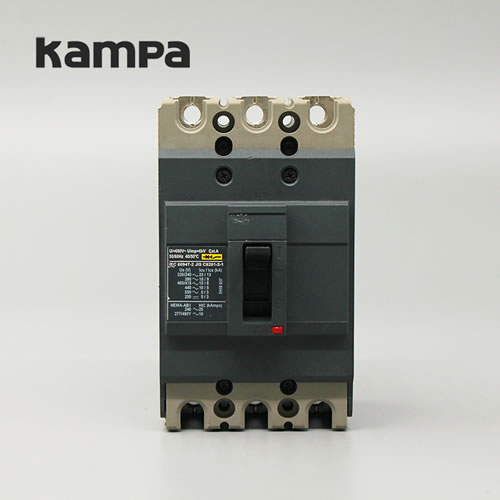
What does "circuit breaker" mean? Miniature circuit breaker, RCBO or RCD?
A miniature circuit breaker is referred to as a micro circuit breaker. It is used for single-phase and three-phase short-circuits, overload, overvoltage, and other protections below 125A, including single-pole 1P, two-pole 2P, three-pole 3P, and four-pole 4P.
Molded case circuit breaker, referred to as a molded case. The circuit breaker manufacturer tells you that "plastic case switchgear" refers to a closed metal or non-metal case whose structure is mainly composed of insulating materials, conductive materials, and arc extinguishing materials, as electrical appliances for primary and secondary circuits.
A universal circuit breaker is referred to as a frame. It is the main protective device in the power system. It has three-stage protection functions overload long-time delay, short-circuit instantaneously, and ground fault. Its rated voltage generally ranges from 6kv to 35kv and is suitable for overcurrent and short circuit protection of infrequent operations in systems with AC 1000hz and below. In the low-voltage power distribution system, it is used as a protection and control switch for the line.
If the current goes up, it is a vacuum circuit breaker, which is a high-voltage circuit breaker. The first three belong to low-voltage circuit breakers. The high-voltage circuit breaker is the main power control equipment in the substation and has arc extinguishing properties. When the system is running normally, it can cut off and connect the no-load and load current of the circuit and various electrical equipment; when the system fails, it can cooperate with the relay protection system to cut off the fault current in time and quickly, which can prevent the accident range diffusion. At present, high-voltage circuit breakers are mainly used in power systems, and with the improvement of technical theory, their application scope is also expanding.


